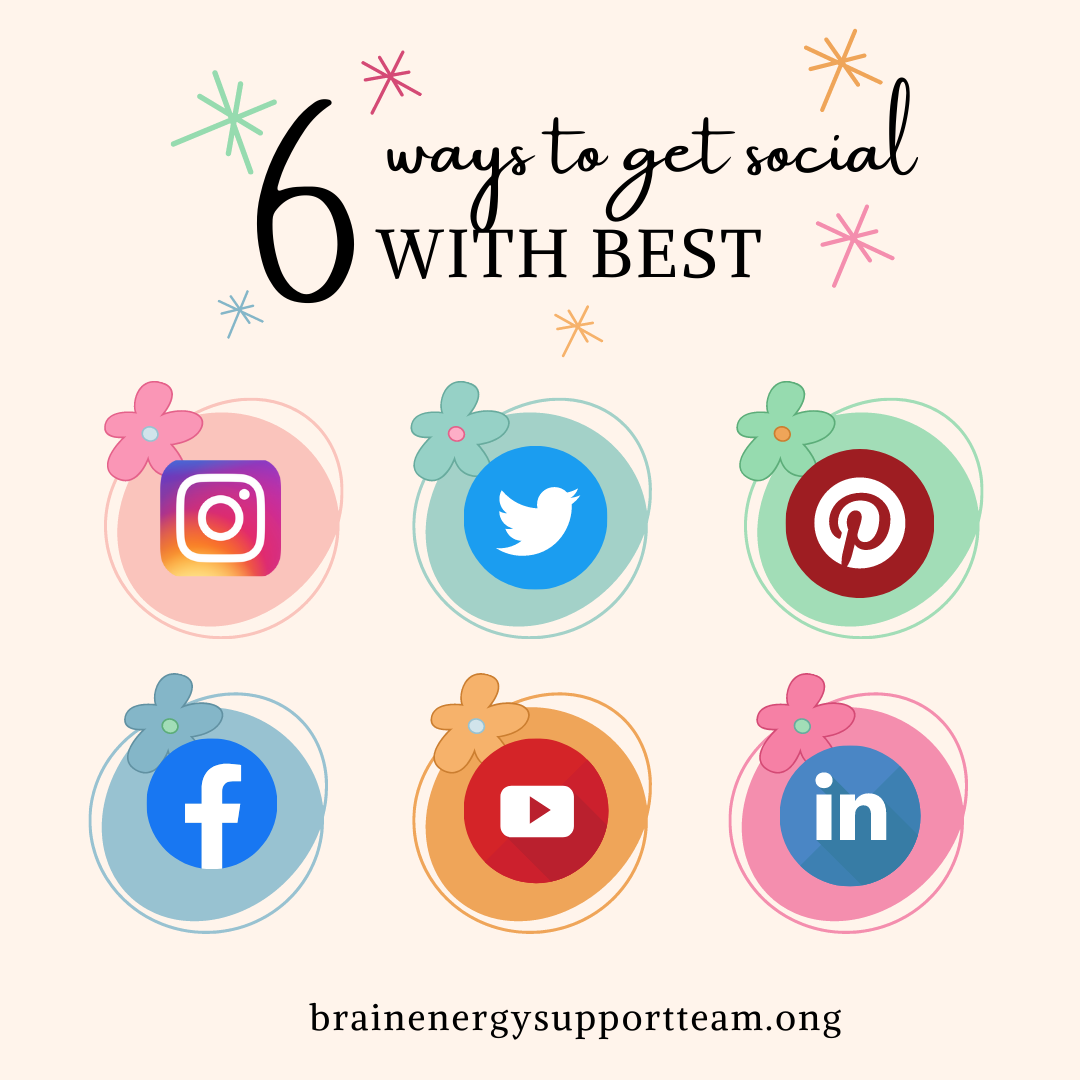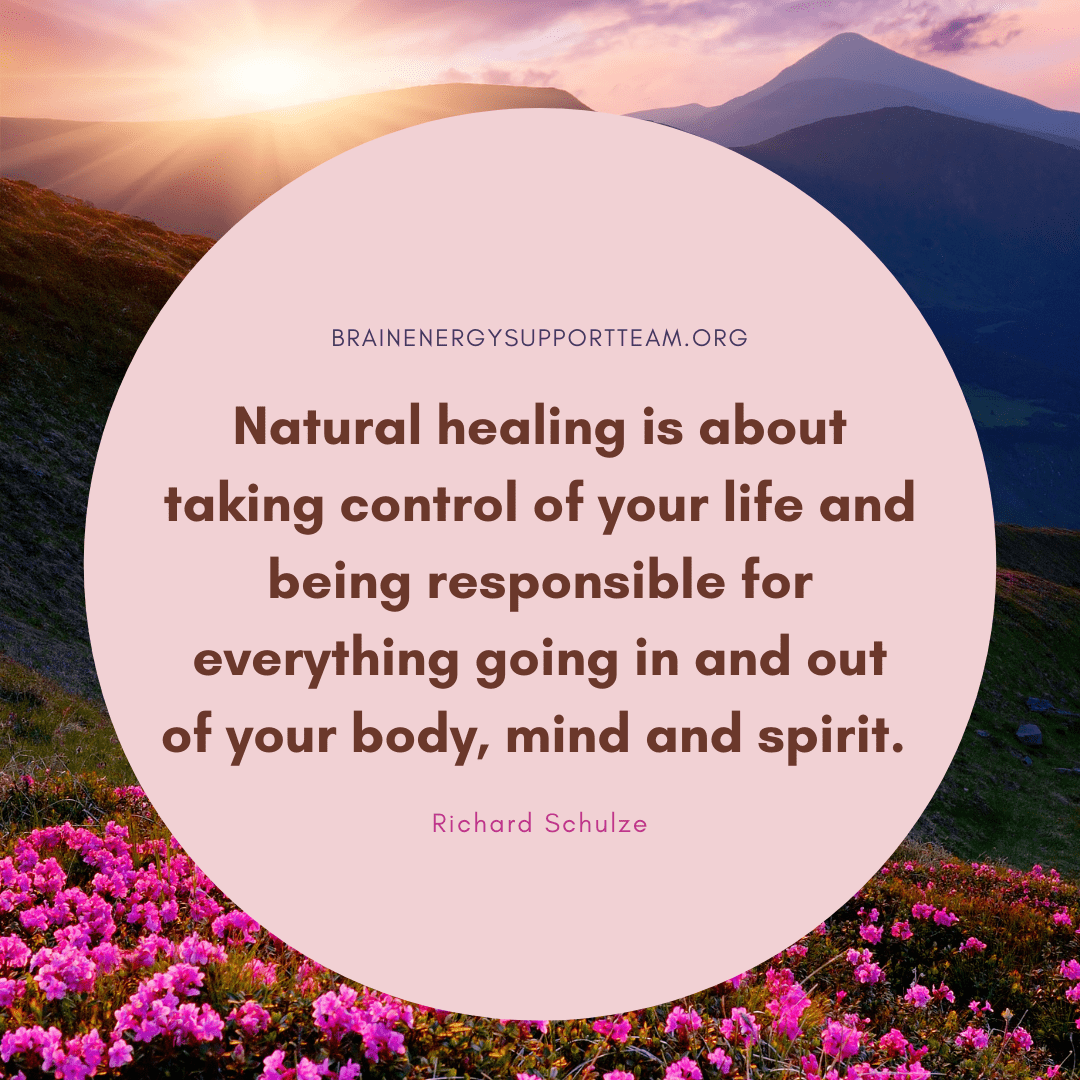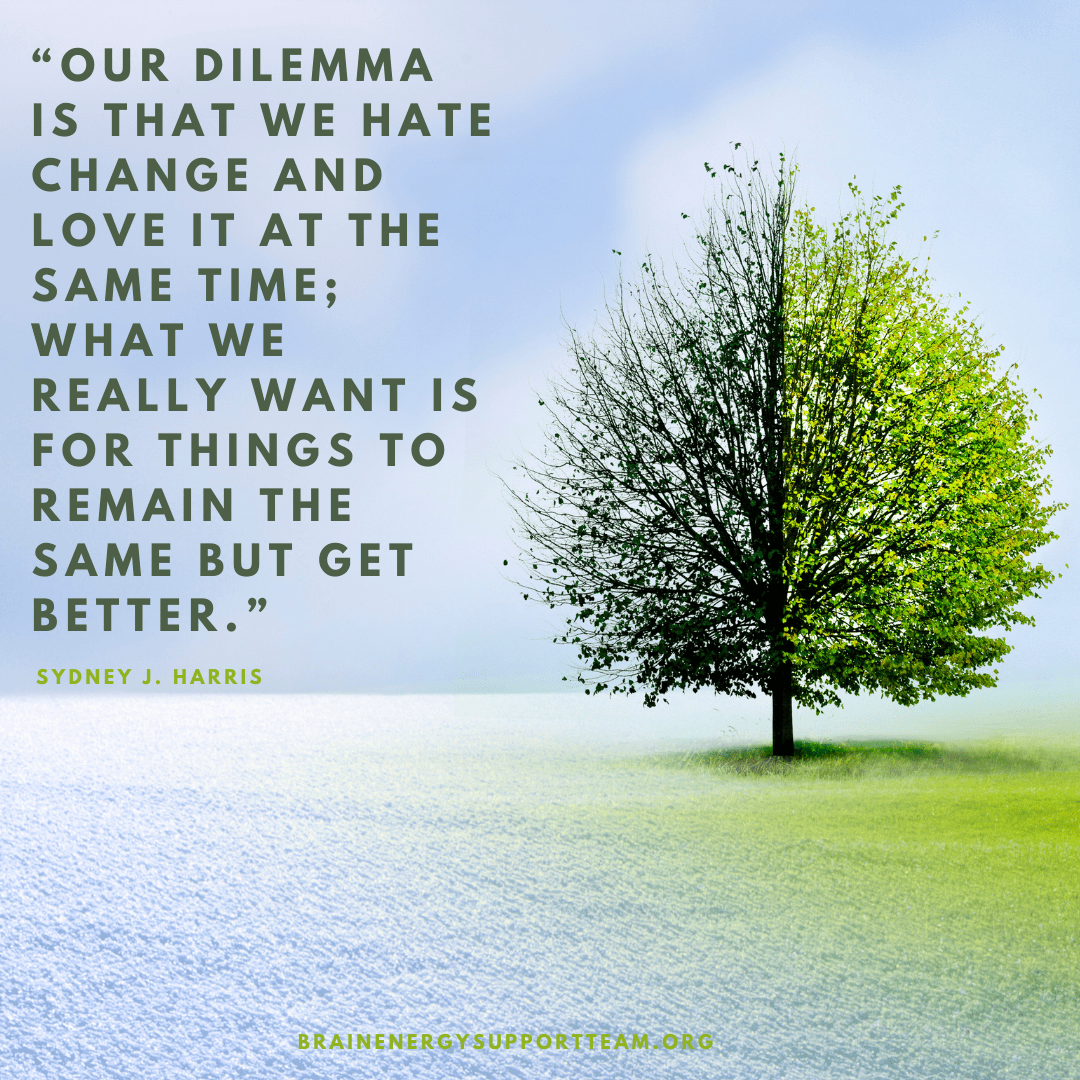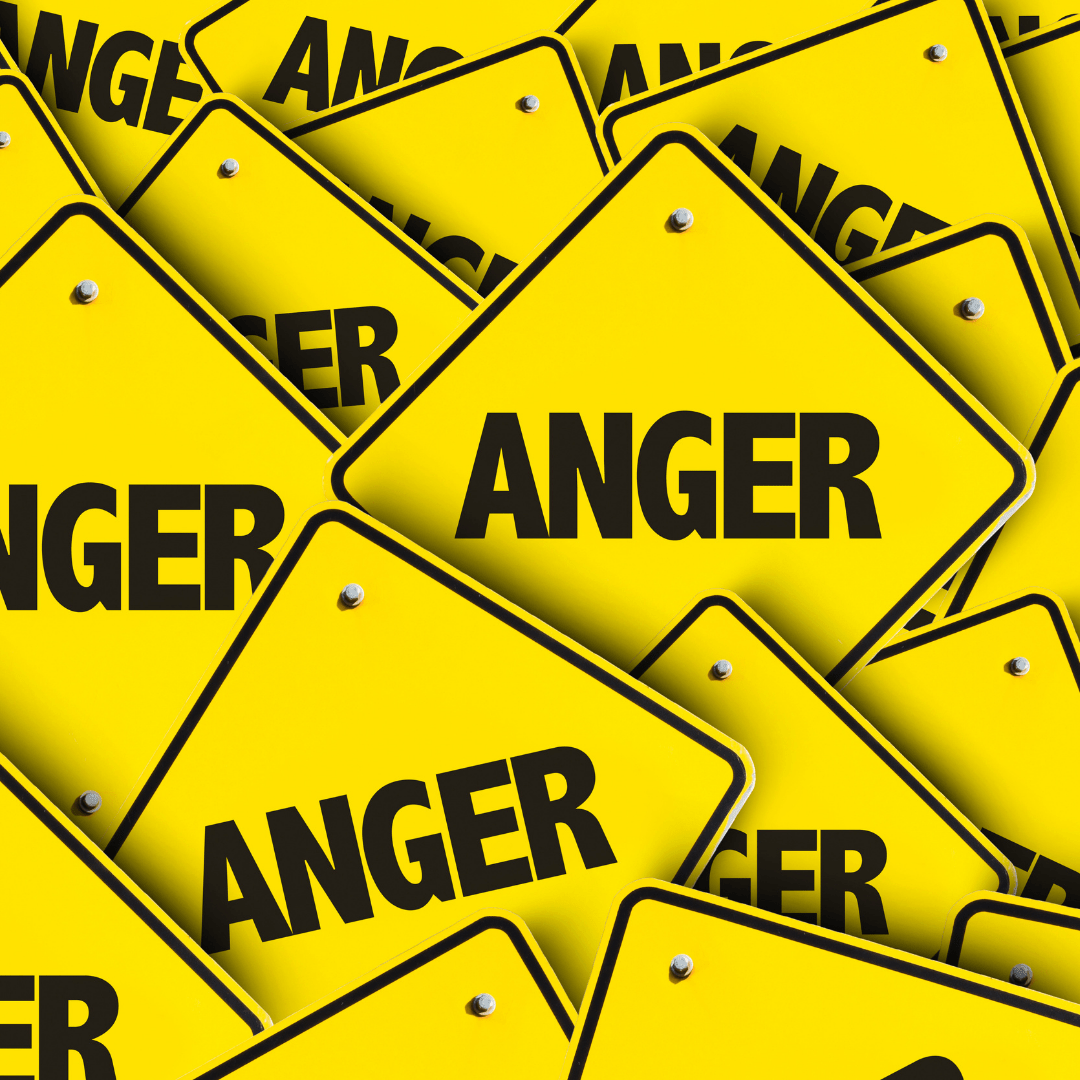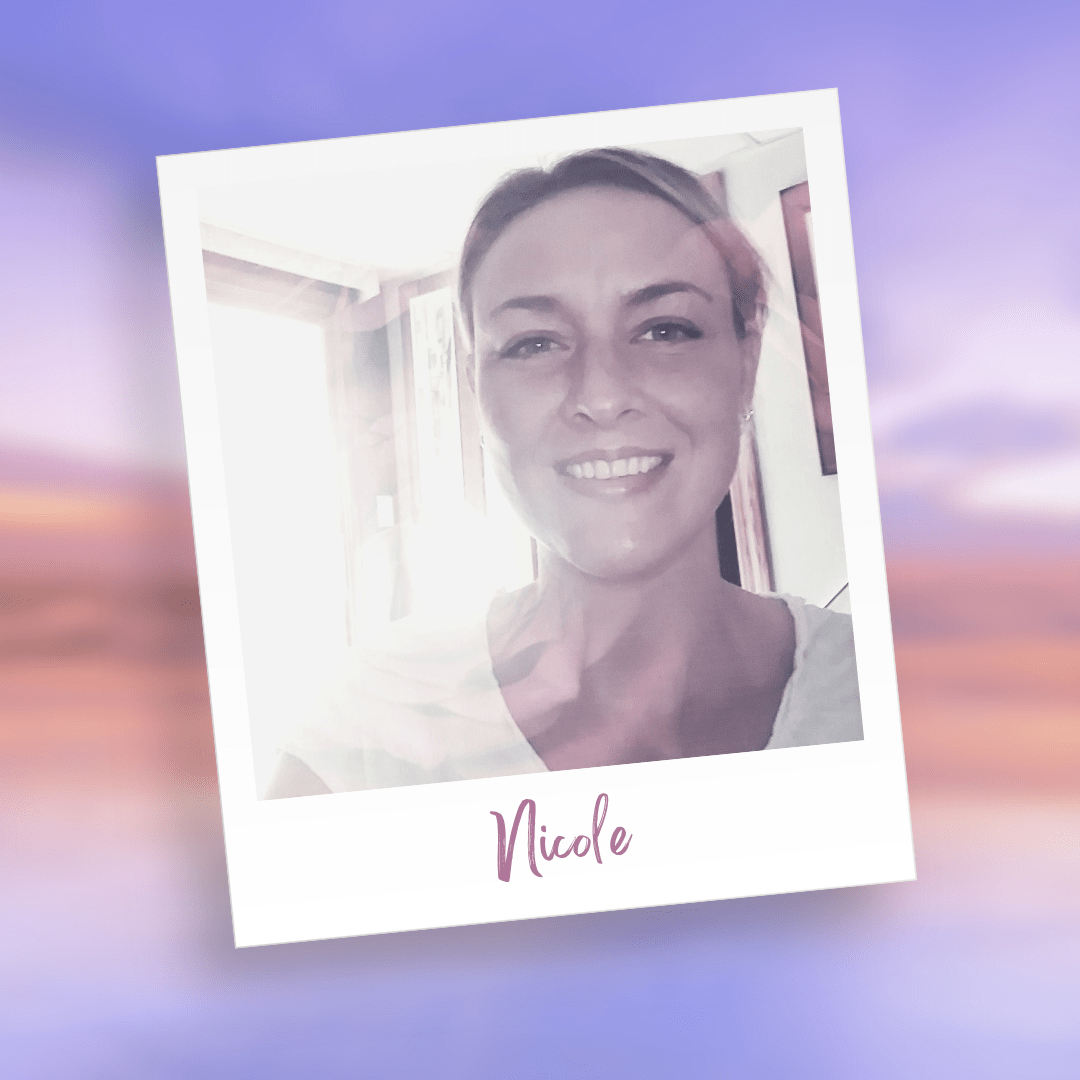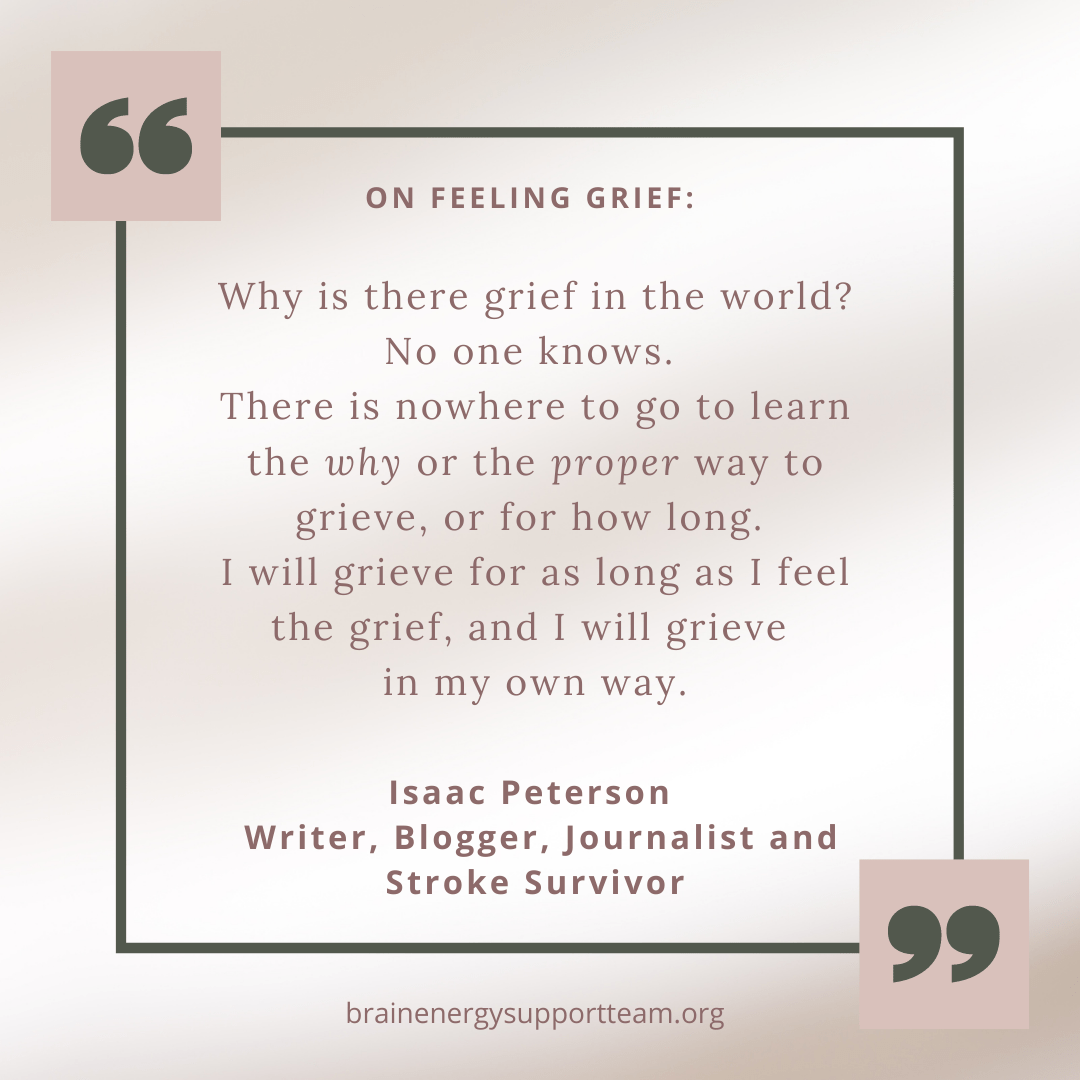Social media means lots of things to lots of people.
Here’s a list of just some of the key elements of why people use social media:
- To keep in touch with family and friends.
- To connect with others.
- To have conversations.
- To find information and resources.
- To promote businesses, products and services (if applicable to them).
Needless to say, social media is important and is deeply ingrained in our community and cultural landscapes.
For those of us in the brain injury community, whether we’re survivors or caregivers, social media can serve an even more vital purpose. Not only can it serve us well in the six items noted above, it can be a terrific and helpful way to connect to other brain injury community members across the world. For some of us, social media offers hope, community, and even a lifeline.
So, social media is pretty perfect, yes?
Unfortunately, no. In fact, it’s far from it.
While social media can bring out the best in people, it can also bring out the worst.
Arguments. Ugly and/or uncomfortable posts and tweets. Negativity.
So, what does a social media user do to balance the good and the not-so-good things that come with social media use?
We’ve broken down some helpful tips and strategies to help you manage social media successfully, safely and positively. We have even provided personal tips from a social media expert at the end of this article.
Let’s get started.
Safety
Keep your social media safe with these important tips from experts:
- To keep your experience on social media positive, learn about your platform’s safety and privacy settings. That way you keep control of what you want people to see and who you interact with.
- Really think about what you are posting, how often you’ll post, what personal details you will share and what your online reputation is going to be. Online materials, tend to stay online. Additionally, and unfortunately, hackers and other cyber criminal activity is not going away. Create unique passwords, keep your software and apps up to date, and if a link looks or seems unusual, don’t click on it. Trust your instincts.
- If you are feeling harassed, note unusual activity on your social media account or anything else that you are seeing that makes you feel uncomfortable, visit your social media platform’s help section to learn how to block and report people and handle suspicious activity.
Keeping Social Media Positive
How do you keep social media a positive experience?
Here are some important things questions to ask yourself about your social media use:
- How do I want to see the online world? How do I want the online world to see me?
- How often do I want to participate in social media activities? How much time am I willing to spend on it?
- What are some of things are I am passionate about seeing and interacting with on social media? How does seeing and interacting with these things make me feel?
- What are some of the things I don’t want to see on social media? How do those things make me feel?
After you’ve thought through these questions, here are some tips to keep your social media use positive:
- Take a common sense approach to posts and steer clear of posting and/or sharing materials that may be disturbing, suggestive and offensive to others.
- Stay away from gossip.
- Post positive things that uplift yourself and others.
- Be honest, respectful and humble.
- If a family member or friend posted something that caused you concern, makes you uncomfortable, and or is offensive, let that person/people known. Often times, a private, honest and sincere message is the best way to share your thoughts and feelings.
The beauty of social media, and the most important thing that we can remember, is that we do really have control over what we see and who we interact with.
With that, use your social media tools to filter out the bad, and bring in the good. If there’s a person, group or page that bothers you, you can unfriend, unfollow and/or stop seeing their posts temporarily and/or permanently (depending on the platform). Please consult the help section of your social media platforms to learn more specifics.
Remember, you are in control and you know what’s best for you; don’t feel bad about taking these actions.
Once you’ve determined what isn’t working, add more of what is! This is one of the really fun parts of social media. Add the people, groups, things and organizations that really give you a positive spark.
You also have another great superpower on social media: encouraging others. Reinforce great posts and give others kindness, inspiration and hope with likes and positive comments. Model the kinds of posts you want to see, by creating great posts of your own.
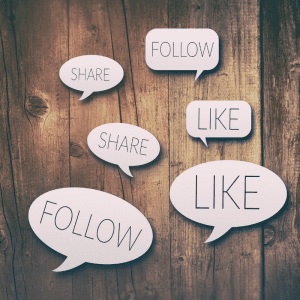 Now that you’ve tailored your social media to be safe and positive, what should be done if something negative happens?
Now that you’ve tailored your social media to be safe and positive, what should be done if something negative happens?
If you are the recipient of a negative comment or find yourself in a tense exchange, here are some great tips to help defuse the situation.
- Explain the situation in different, more positive words. For example; “Thank you sharing for your concerns about this topic. I tend to feel passionate about this issue.”
- Remind the person about a positive interaction you had with them or a positive attribute they have (if you can, of course). “I know when we talked about this topic a few months ago, you really brought up some good and thoughtful debate points.”
- Give people a chance to make things right. Example: “I wonder if there’s another way to say that?”
- Take the personal part out of the topic, and focus on the process, problem, or situation.
- Politely end the conversation if it’s not getting anywhere. “I think it might be best to end this conversation at this time.”
Here are some final strategies to keep your social media experience a positive one.
- Take breaks. It’s okay to take breaks from social media from time to time.
- Limit your time on social media. Figure out how much time you are willing to spend daily, weekly, or monthly. Set a timer if you need to to meet your goals.
- Try other platforms. Example: do you like beautiful pictures and graphics? Consider Instagram or Pinterest. These platforms tend to be a little less conversational and more graphic-content driven.
Tips from a Social Media Expert
As the BEST nonprofit communications manager, a big part of my job is social media creation and moderation for the organization.
Let’s just say I see lots of social media posts on multiple social media platforms each day due to my duties, and of course, from my own personal social media.
The best part is that I get to see social media at its very best and brightest.
However, I do, more regularly than I’d like, get to see the worst it has to offer.
So, when it comes to my own personal social media, I’ve learned a lot professionally and personally over the years.
I post the things that I love only: beautiful photographs (especially nature), family memories, holiday and every day best wishes to others and things that BEST is doing in the community.
I have also decided some time ago what conversations and topics are best had privately in private message, voice to voice or in-person. These are the kinds of things I don’t engage in on social media and chose to engage in by the other ways I noted earlier.
When it comes to social media shares, I ask myself the following questions before I put something online in social media.
1. Do I have a clear goal with my post (like entertain, enlighten, educate or engage)?
2. Do these words honestly and accurately represent who I am as a person and can I stand behind them?
3. Are these words as such that they won’t cause hurt or damage to others?
4. Am I willing and able to accept feedback and conversation about these words from those I know and from those I don’t know, even if I don’t agree?
If the answer is no to any one of these questions, I invoke one or more of the four Rs:
1. Review.
2. Revise.
3. Rework.
4. Rethink.
I also use the four Rs when it comes to contemplating a response to someone via public social media, especially if the material is sensitive.
While perhaps this may seem overly cautious for some, and while not perfect, for the most part I’ve found this strategy successful and it gets my words out there in the best way possible.
I think it’s critically important to put our best and most earnest efforts into our online written words and social media shares, today and every day. It makes a difference in our personal and overall well-being and the well-being of others.
Words are tools in a toolkit of our own making. Use a thoughtful process to share your words. Embrace the magic, meaning and power of the written word and use it to good purpose. You won’t regret it, I promise.


